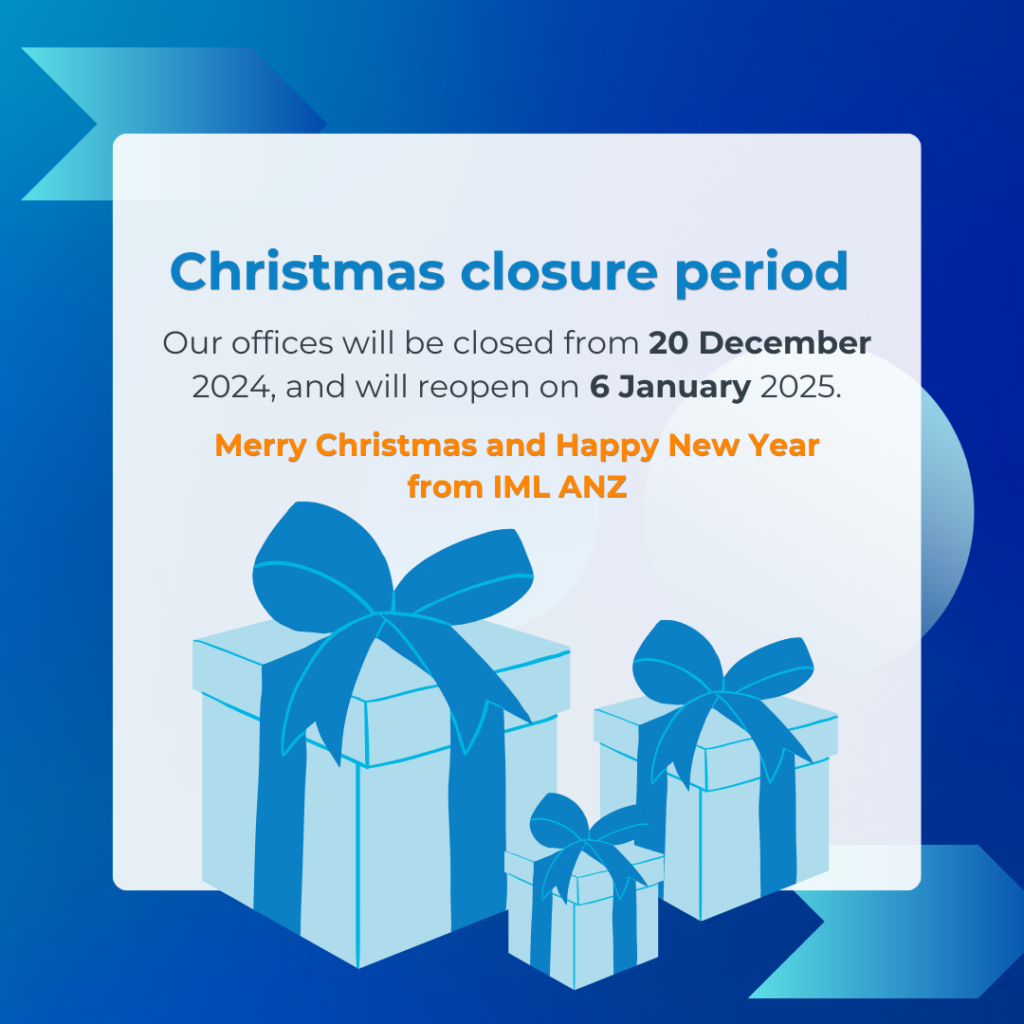Do you consider yourself a scientist or a leader? What if, to be effective in organisations, you need to be both? In this volatile, uncertain, complex, ambiguous world, our collective brains are being overloaded with information. This is contributing to increased rates of anxiety and depression. If we are to be effective as leaders in organisations, helping people focus their brains where we want them to be, we need to become caring scientists. We need to understand the human brain and intentionally influence the chemicals being released in others, to unlock their potential.
We are tribal by nature. We need to feel like we belong and are valued by others in the tribe to then get curious together. Five steps, based in neuroscience, makes a fundamental difference in eliciting helpful chemicals in the brain that build trust and connection, unlocking performance.
1. Find common ground
When we feel like we belong, the brain releases a great flow of oxytocin. Sometimes called the love drug, it helps us feel secure. The fastest way to elicit this in others is to find out what you have in common that has nothing to do with work and bring that into conversation regularly as a reminder of genuine connection. It could be a sporting team (but don’t assume this because some people have learnt to look enthusiastic about sport to fit in). It could be theatre, a genre of films or books, pets, types of exercise, cooking, eating out, comedy or a particular hobby. This and laughter create the tribe within a tribe oxytocin. Then find common ground with common goals. Lining up together, committed to achieving the same goal, creates larger tribe oxytocin.
2. Play to strengths
We need to feel more than just a sense of belonging to bring out our best. We need to feel valued by the tribe. When we feel valued by others, we get a lovely flow of serotonin, the contribution drug. Consider the common goals you have and observe to find out where individual’s strengths lie. Can you influence what they do for them to play to their strengths? This gets them into a flow state.
3. Intentionally recognise strengths
It’s not enough though to just have them in roles where they thrive from a skills perspective. To consistently get great performance, our brains need to get regular feedback that reinforces this value. Reflect on how you recognise other’s strengths. Don’t just say thanks. Give them specific feedback regularly on HOW they are approaching their deliverables that you value. Reinforcing the HOW (not just the WHAT) increases the likelihood of repeat behaviour. Each piece of specific positive feedback releases serotonin in them, enabling them to relax into their skill set and perform.
4. Ask curious questions
Once there is a regular flow of oxytocin and serotonin (yep it needs to continue, it isn’t a ‘once and you’re done’), you now want to elicit healthy amounts of dopamine. The interest and reward drug. Learning is food for the brain. Help them get curious through asking great questions. Leaders need to flip from giving ‘constructive feedback’ thinking it helps the person perform, to reflective questions that help people answer for themselves where they can do better and contribute more. When team members feel a regular flow of oxytocin and serotonin, they are primed to get curious with you because they feel safe.
5. Acknowledge changed behaviour
We are all just humans leading messy, unpredictable lives and trying to do the best with what we have. We can try to mask when we are struggling. One of the most powerful things you can do as a leader is to observe for changes in people’s behaviour and gently acknowledge it. If they have responded in a way that seems out of character, check in with them to acknowledge the change and find out what you can do to support. This elicits further oxytocin by feeling seen and cared for. When someone is struggling, recognising that and helping them talk through it, will go a long way to a faster recovery of their mental health and therefore contribution to the team.
We all need to feel like we are seen and valued and that we matter. Become a caring scientist and start experimenting with these five steps and witness the change. Look to build the neuroscience into leadership programs and unlock untapped potential in your organisation.
Looking to upskill your communication strategies?
Effective communication is the backbone of good management and leadership. Communication is essential for delivering your work, improving working relationships, building trust and creating a high-performing team.
Learn how to communicate with intent, influence and clarity in our 1-day Communication Essentials Short Course.
Receive practical tips and techniques that allow you to communicate clearly, overcome barriers, wield influence and confidently convey your message to different audiences.



